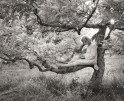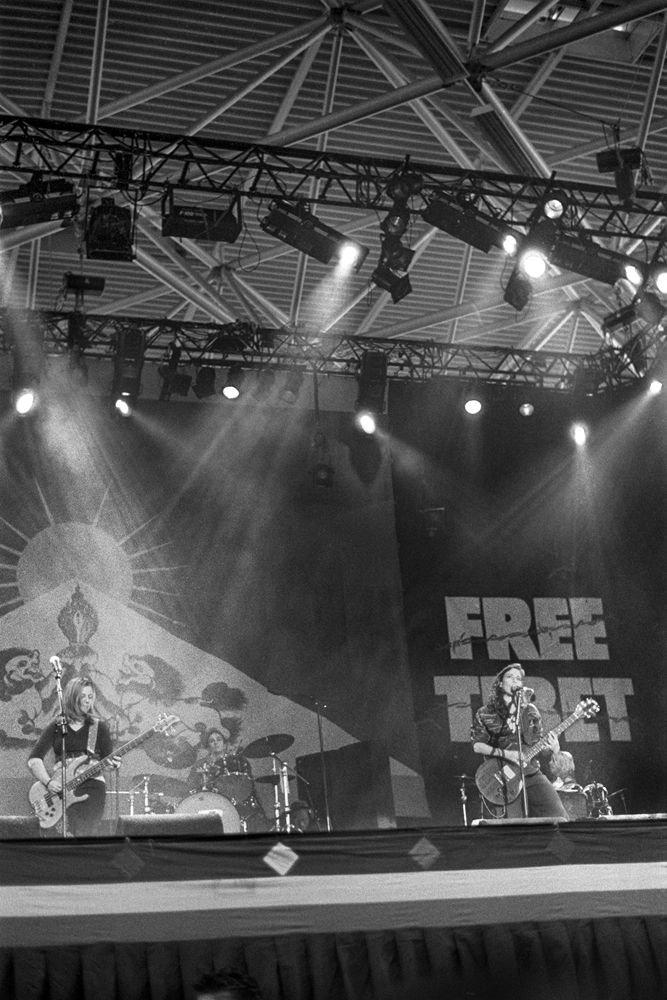
©Frank Hamrick, Luscious Jackson, Amsterdam, 1999
Artist and Educator Frank Hamrick has a long legacy of photographing concerts and other music related events. Music and photography has always had a strong connection, particularly in the era of album covers, where we sprawled out on our parent’s couch to listen and peruse the liner notes and the cover image of a favorite album.
Hamrick has produced a new artist’s book, “Stronger than the waves crashing on us”, the first in what is expected to be a series of limited edition releases around music. This twenty-page, handmade, softcover book features 18 black & white photographs from the 1999 Tibetan Freedom Concert in Amsterdam. Title letterpress printed on handmade, cotton rag paper. Each copy is signed. Book measures 9 x 8.75 x .25″.
Text from the book’s colophon:
Adam Yauch of the Beastie Boys and social activist Erin Potts established the Milarepa Fund in 1994 to help advocate for a free Tibet. They organized the 1996 Tibetan Freedom Concert in San Francisco, which was followed by a second festival in New York in 1997, and a third in Washington D.C. in 1998, generating greater public awareness and financial support for the cause.
Four Tibetan Freedom Concerts took place Sunday, June 13, 1999 in Japan, Australia, the United States, and the Netherlands. The music festival held at RAI Parkhal in Amsterdam featured a speech by former political prisoner Ama Adhe, as well as musical sets by Luscious Jackson, Urban Dance Squad, Tibetan Institute of Performing Arts, Ben Harper & The Innocent Criminals, Joe Strummer & The Mescaleros, Dutch band NRA, Gang Chenpa, Garbage, Radiohead’s Thom Yorke and Jonny Greenwood, Alanis Morissette, and Blur.
“Stronger than the waves crashing on us” available at frankhamrick.etsy.com
Frank Hamrick’s artist’s books unite his photography, writing, papermaking, and letterpress relief printing. His tintypes have appeared in album packaging for Gillian Welch, David Rawlings, and Kevin Gordon. Frank’s work has been spotlighted by NPR and Oxford American Magazine and collected by institutions including the Amon Carter Museum of American Art, The Art Institute of Chicago, and the Seattle Art Museum. Born and raised in Georgia, Frank has lived in New Mexico, Maine, and Italy. Frank is currently a Professor and MFA graduate program coordinator at Louisiana Tech University’s School of Design in Ruston.
This fall Hamrick will speak about this work and his teaching as the Honored Educator at the Society for Photographic Education’s South Central Chapter Conference in Hot Springs, Arkansas, October 25 & 26, 2024.
Instagram: @frankhamrickart
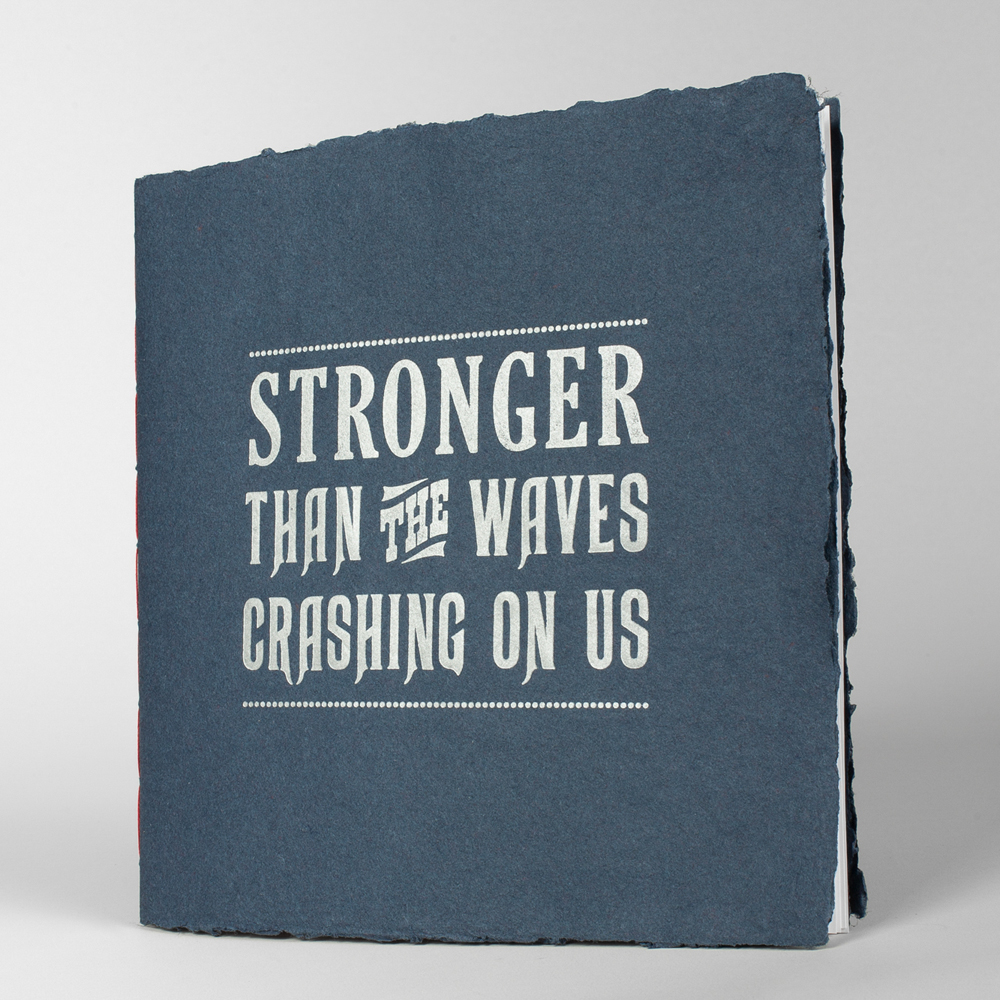
©Frank Hamrick, Stronger Than The Waves Crashing On Us, Artist Book Cover
Amsterdam images captured on Kodak Tri-X 35mm black & white film in a Pentax SLR camera with a 50mm prime lens. Title, set in Cheltenham and Ruben typefaces, and Old Fan Press logo relief printed in metallic silver oil-based ink on handmade cotton rag paper. First softcover edition of fifty copies Inkjet printed with Epson UltraChrome HDX archival pigment inks on double-sided matte Red River Paper. Colophon and edition number set in Craw Modern typeface. Pamphlet bound with 18/3 Irish linen thread.
10% from the sale of each book will be donated to the Tibet Action Institute.

©Frank Hamrick, Amsterdam, 1999
Congratulations on being selected as an Honored Educator. Can you share a bit about your teaching career and philosophy?
I started teaching during graduate school at New Mexico State University then after graduation began teaching full-time in Italy for the University of Georgia’s Study Abroad Program in Cortona, which is on mountainside in the Tuscany region between Florence and Rome. While teaching in Cortona a woman with a camera came up to me as I ate lunch outside a cafe and asked if I was a photography professor. I said yes. She mentioned she was studying photography at a school in Florence and their professor would be taking time off the next semester because his wife was having a baby. So I reached out to Santa Reparata International School of Art (SRISA) and they asked me to come in for an interview and then asked me to come back later that same week to meet all the professors at the opening reception for their Faculty Exhibition. I went and met everyone and was getting ready to leave so I could make it to the last train headed towards Cortona. I asked the SRISA Director where her artwork was since I did not see her name on anything. She responded that she learned painting and printmaking from her father a professor in Texas but she preferred to spend her time playing banjo. I responded that I knew a banjo player back in Athens, Georgia named Art Rosenbaum and asked if she had heard of him. She was shocked when I mentioned his name and asked how I knew him and I said I took a painting course from him at UGA. Turns out Art Rosenbaum, a renowned banjo player and grammy winning artist was the Director’s hero. I was hired.
I taught at SRISA for the spring 2006 semester while trying to apply to permanent jobs back in the United States but was not having any luck since I was not going to be attending any of the College Art Association (CAA) or Society for Photographic Education (SPE) conferences that year. So I applied and was hired to work as a teaching assistant at the Maine Photographic Workshops (now Maine Media Workshops) in the summer of 2006, which was a great experience of meeting new people, learning more about photography and getting to spend time in another part of the country. While working in Maine I applied for a job listed at Louisiana Tech University.
I was flown down from Maine. The interview was bumpy for a moment. All the professors I met upon arriving were at ease, but the Dean interviewing me was a former Military Police Officer and he became angered when I did not address him as formally as he expected. He then informed me I was one of three candidates they were interviewing for the job and that one of the other candidates brought a parakeet to the interview. So the Dean was frustrated interviewing eccentric and informal candidates for the tenure track position. I apologized for addressing him informally, he accepted my apology, the interview continued. He noticed on my CV that I had earned my BFA from the University of Georgia and asked me if I was familiar with a town called Barnesville. I told him I drove through Barnesville every time I visited my grandparents. The Dean stated he went to military high school in Barnesville before Vietnam. He then relaxed. We talked about the position. I got the job and have worked here since the fall of 2006, periodically taking breaks to teach in Cortona for UGA, the Penland School of Craft in North Carolina, and the New Orleans Photo Alliance.
(Knowing people and places has been important for getting jobs and just getting though life for me. The first time I crossed into Mexico in 1999 I had a hard time getting back into the United States as the Border Patrol Agent asked me numerous questions. After noticing on my license that I was from Georgia, he asked me if I had heard of Cordele. I said yes it’s the Watermelon Capital of the World. He said I was correct and let me back into the United States.)
Philosophy on teaching:
I cannot plug a thumb drive into a student’s ear and upload everything I know. Learning is not a passive act. I tell students regardless of their major, they are in school to learn how to problem solve and think critically, to learn how to learn, and learn how to adapt what they know and be able to apply that to future circumstances, technology, equipment, materials and so on that do not yet exist while they are in school. I believe teaching photography or most any skill is similar to showing someone how to ride a bike. You are not just showing them how to ride the bike on the driveway when you explain how to pedal, steer and brake. You are introducing them to a piece of equipment, a skill, a and route towards exploration that in the end is up to them to take as far as they can once you let your hand off the back of the bike and release them into the world.

©Frank Hamrick, Amsterdam, 1999
Congratulations also on the new book, Stronger than the waves crashing on us. What made you want to create a book around the Four Tibetan Freedom Concerts?
The book focuses solely on the one concert in Amsterdam, which was one of four Tibetan Freedom Concerts happening on four continents on the same day. It would have been great to attend and photograph all four but my DeLorean was in the shop that day.
I was 22 years old when I made the photographs at the concert. My experience with photography was limited to 35mm cameras and mostly black and white courses I had taken at UGA. This was around the time I was formally accepted into photography program and was about to take the upper level courses to learn color processing, medium and large format photography and building long term bodies of work.
I was not an official media photography at the Amsterdam concert. I hid the camera in the kangaroo pouch of my sweatshirt, which I had taken off and tied around my waist. So the camera was stashed between my knees as I entered the venue past security. The photographs of the musicians were made sporadically from the crowd as I was trying not to draw attention from the security in front of the stage. My favorite images from the concert are of the Pop concert sign at the entrance and the portraits of the other people in the crown, such as the guy sleeping on the ground in the back of the venue later in the day, or the one kid in the middle of the mosh pit, and the two guys in t-shirts talking to each other.
I wanted to make this book in the way it looks at the bands but also in the audience after studying photography books about Woodstock, Altamont, and Watkins Glen, where the books show not just the performers but also the audience and the area. Woodstock demanded the nation’s attention, Altamont was a tragedy, and Watkins Glen, the largest concert in America was the type of event that everyone was just happy they were able to pull it off to the point that people really don’t remember the particular songs that were played. Everybody was just glad to be there and glad it went well. (There is a similar phenomenon of Taylor Swift fans getting tickets to her Eras Tour, being so happy to be there, but afterwards being unable to recall specific moments and songs as the event as a whole is overwhelming.)
Having these photographs and keeping notes of what happened through the concert in Amsterdam got my foot in the door at Flagpole Magazine in Athens, Georgia in 1099 and from there I had the media credentials to attend and photograph up front at numerous concerts in Athens and Atlanta, and attend larger events such as the first Bonnaroo festival in Tennessee, South x Southwest in Austin, and a couple of Music Midtown Festivals in Atlanta. I hope to make limited edition photography books of these festivals and but the next photo book may be Phish’s 1999-2000 New Years festival at Big Cypress Indian Reservation in Florida. This was another event I attended as a regular ticket holder but brought my camera and the book will show what it is like to be at a concert where 80,000 people are camping out for multiple days and a city springs up briefly in pasture.
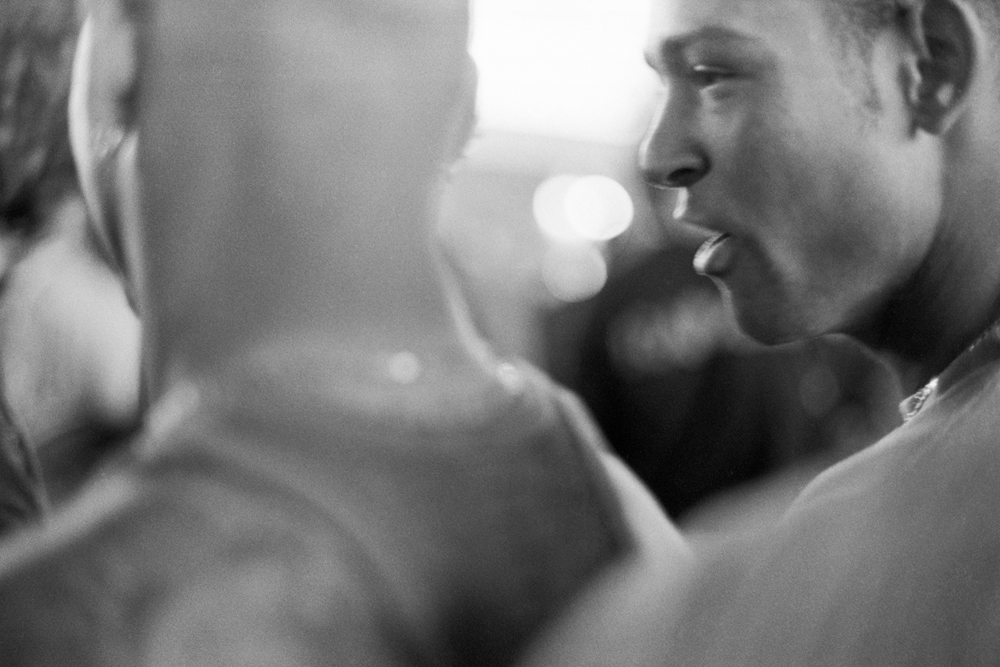
©Frank Hamrick, Amsterdam, 1999
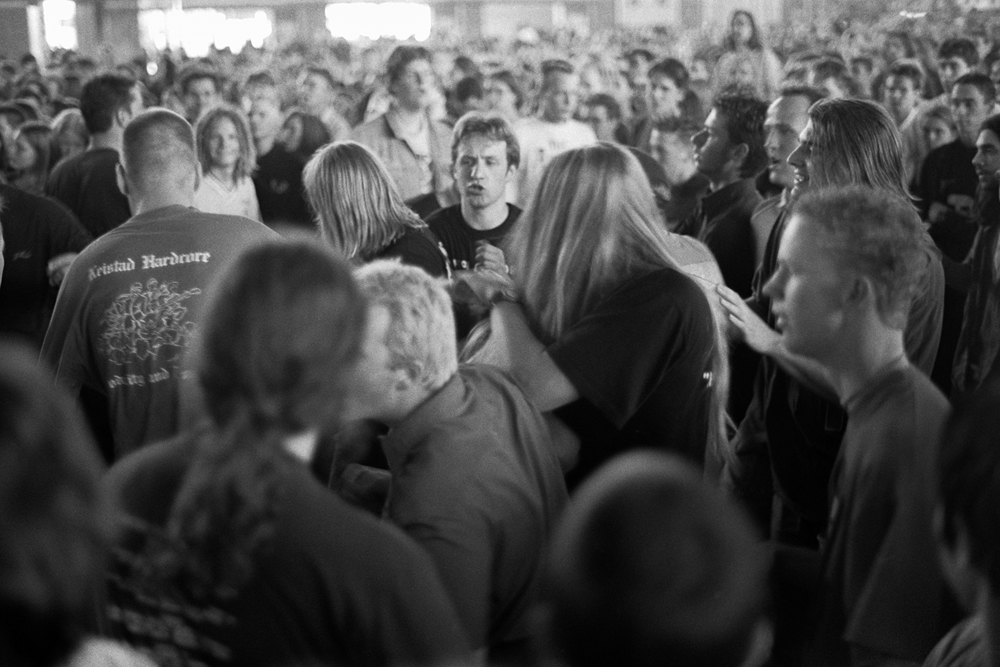
©Frank Hamrick, Mosh Pit, Amsterdam, 1999
Do you have other books on the horizon?
I would like to make a book of all the photographs from the Athens, Georgia concerts, which captured some of the Elephant 6 shows as well as the rise of the Drive By Truckers during their period with Americana artist Jason Isbell in the band, and Widespread Panic playing sold out shows, while REM performed on the courthouse steps as part of an event advocating for smart zoning and planning so Athens did not turn into Atlanta. But that will take a while to sort through all those images as that would cover a much longer period of time than a single music festival.
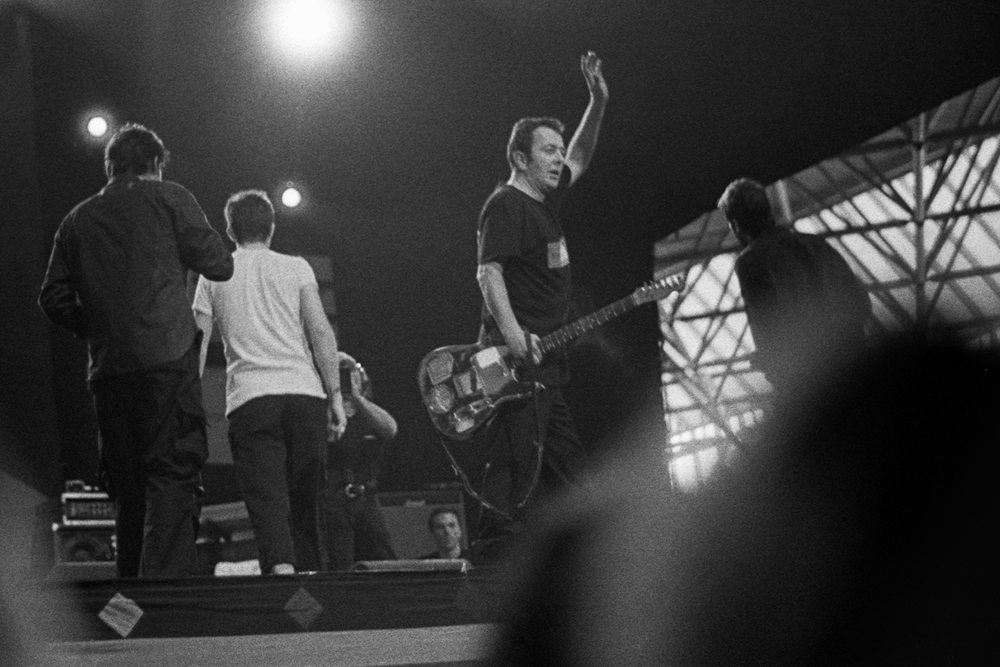
©Frank Hamrick, Joe Strummer, Amsterdam, 1999
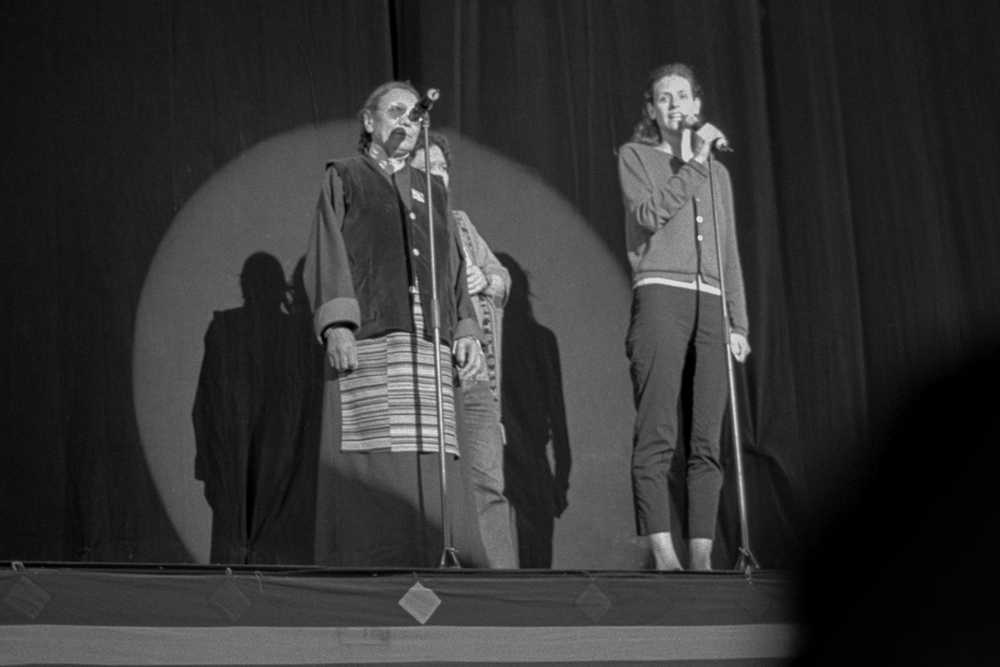
©Frank Hamrick, Erin Potts, Amsterdam, 1999
Music and Photography have such a strong connection. What draws you to photographing concerts?
Music has been integral for much of my life. I managed a high school rock band starting at 15 years old when I could not always make it to the shows or legally be admitted into the venues. At 17 years old I started working in the afternoons after school at the old Capricorn Recording Studio in Macon, Georgia where the Allman Brothers Band recorded some of their biggest hits in the early 1970s before I was born. I then went on to help build another recording studio in Georgia and work with a second rock band for a year. Once I arrived at UGA I began working as a DJ at the college radio station WUOG 90.5fm, then began writing and photographing for Flagpole Magazine. I do not consider myself a musician but am definitely a music ally.
Filmmaker David Lynch said music is like a drug in that music has the similar ability to immediately alter your state of being.
Photography for album covers at its best can help convey who the musicians are, such as the cover portrait on the second album cover for The Band, which most people refer to as the brown album. Birney Imes’ color photograph of a delta juke joint on the cover of Lucinda Williams’ grammy winning “Car Wheels on a Gravel Road” helps provide a sense of where this music originates. Then you can look at almost any album cover for The Flaming Lips and the vibrant colors communicate this music is going to be rich and layered.
Photographing at concerts is my way of being an active participant, whereas other people may be jumping up and down and pumping their fists in the air. I am somewhere in the venue trying to capture a gesture from the singer who is emphasizing a particular lyric, a flashing glance between the musicians as they move through the song, and the exchange between the musicians and the audience when everyone is fully engaged and giving themselves to the music. So much of every day life just kinda chugs along. A good concert is a moment where people really live for a moment and some truth can be revealed and shared and people are at ease enough to be vulnerable because everyone is vulnerable together.
I just photographed the Memphis band Lucero during their Jackson, Mississippi show at Duling Hall this week. At first I hung back in the audience, then moved forward trying to make some images from within the audience and someone pressed on my shoulder and it was this woman yelling, “Go for it.! Get up front!” So I found a place I could crouch down in front of the stage to photograph without blocking anyone’s view and the concert became so much more intense as I paid attention to everyone’s position, their movements, the crowd’s reaction. I was no longer a passive observer at the back of the room.
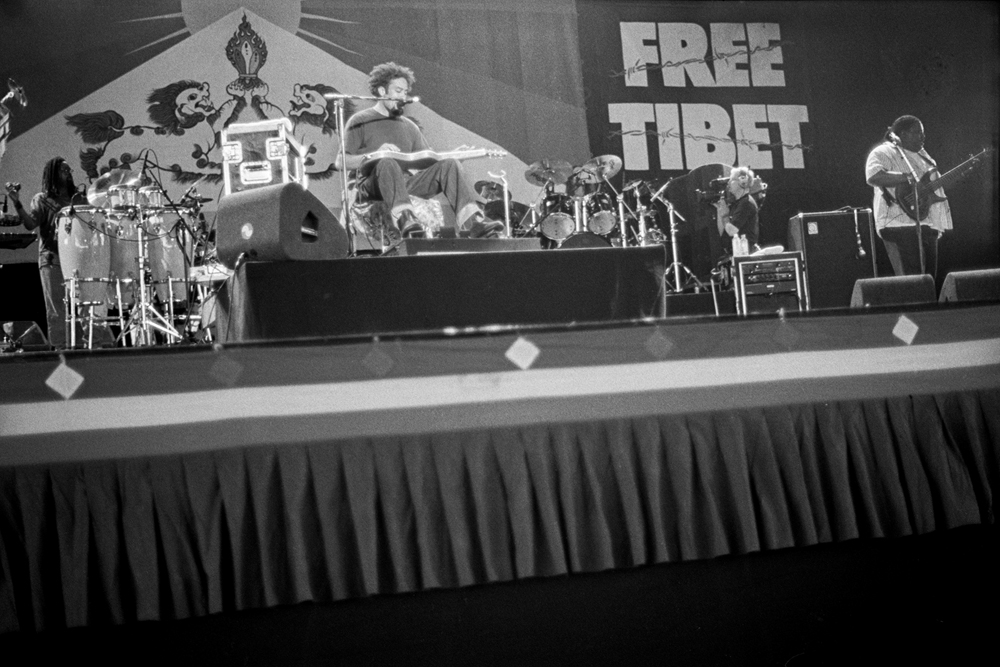
©Frank Hamrick, Haze, Amsterdam, 1999
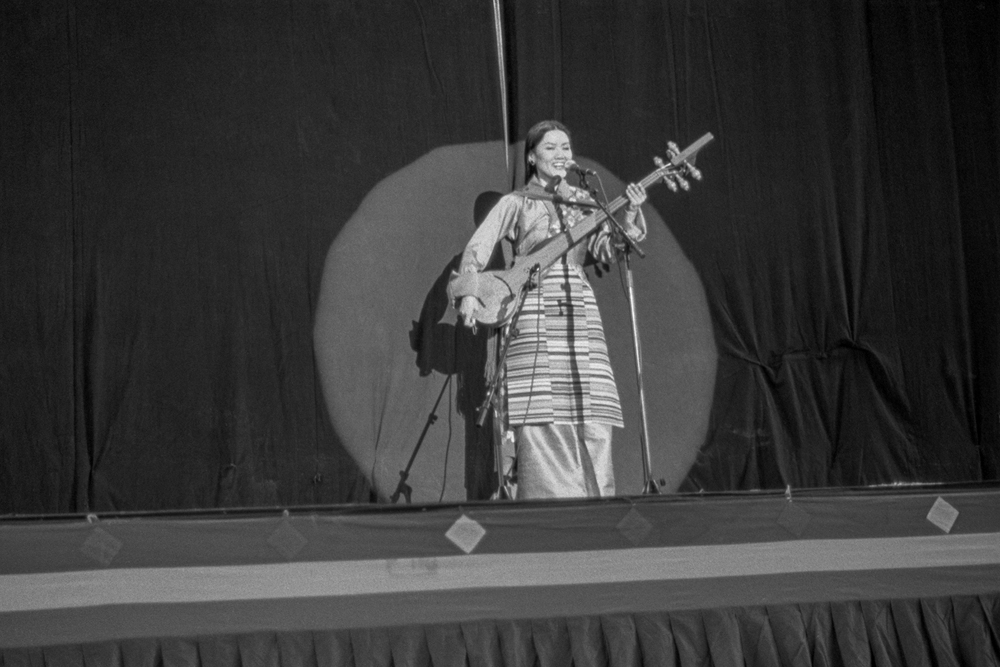
©Frank Hamrick, Amsterdam, 1999
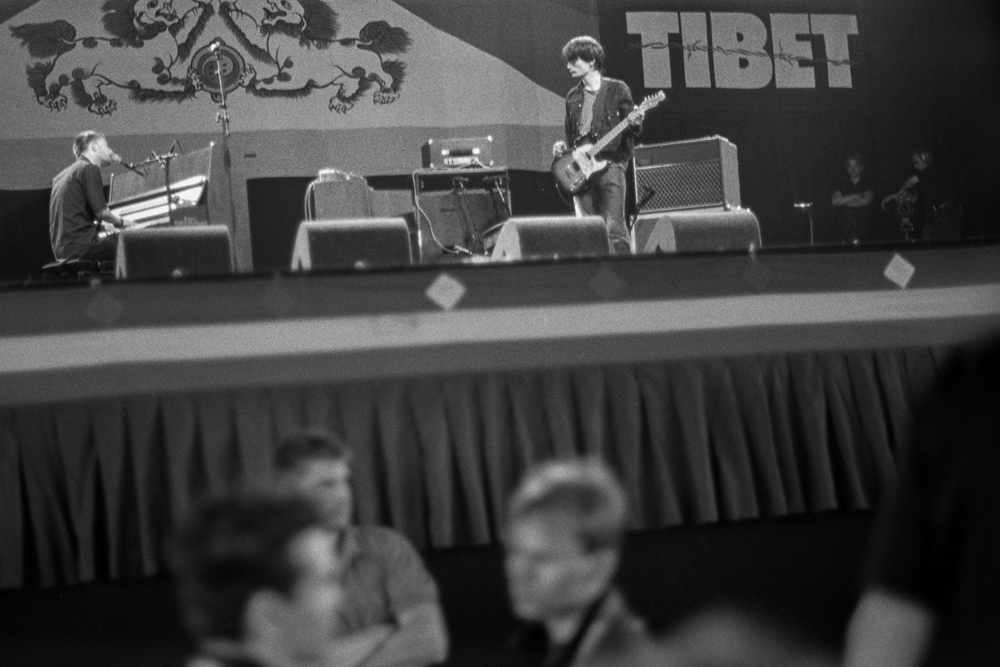
©Frank Hamrick, Radiohead, Amsterdam, 1999

©Frank Hamrick, Amsterdam, 1999

©Frank Hamrick, Grabage, Amsterdam, 1999

©Frank Hamrick, Leaving, Amsterdam, 1999
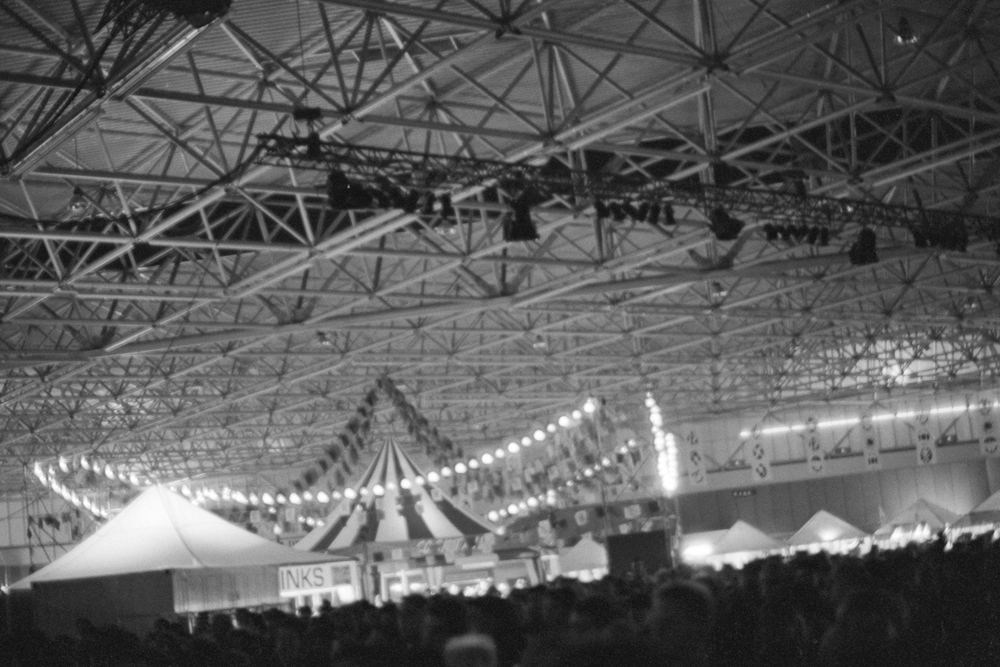
©Frank Hamrick, Lights, Amsterdam, 1999

©Frank Hamrick, Amsterdam, 1999

©Frank Hamrick, Dancer, Amsterdam, 1999
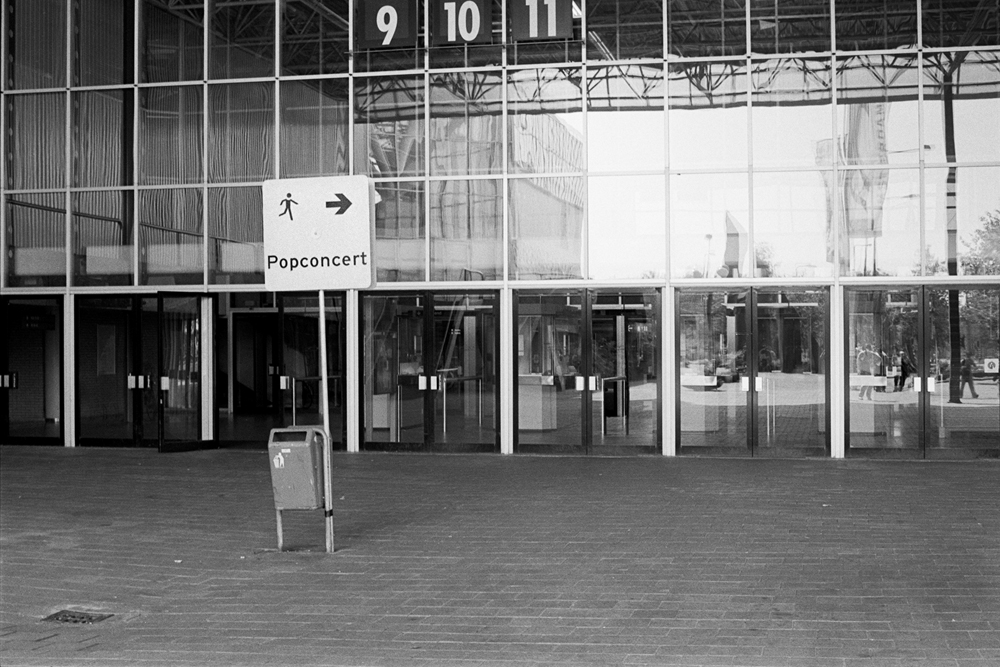
©Frank Hamrick, Pop Concert, Amsterdam, 1999






















